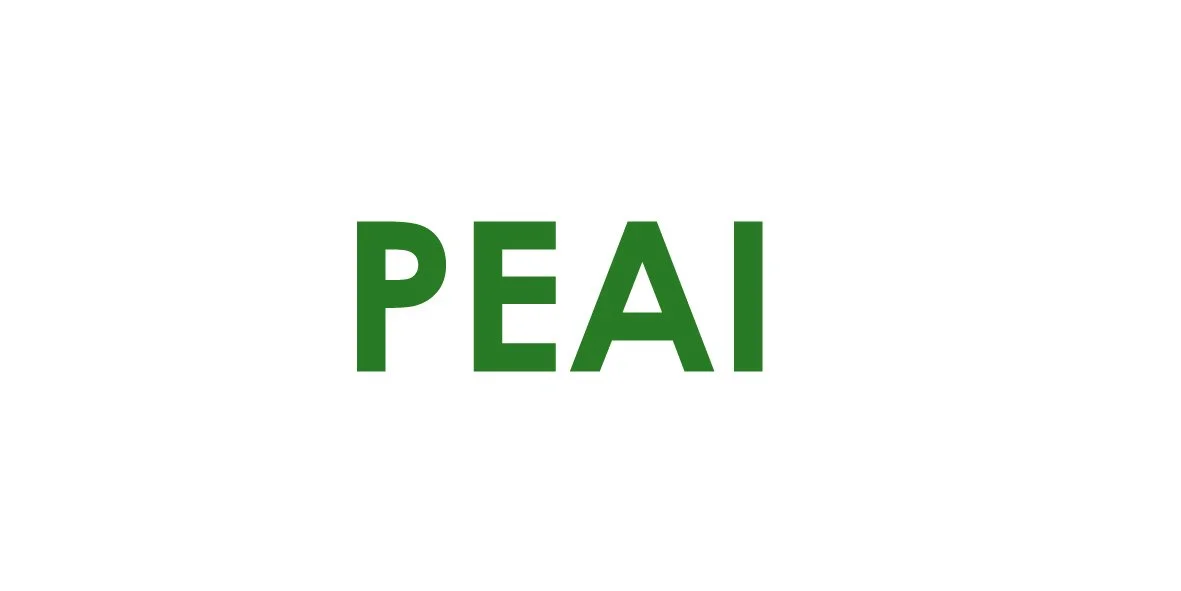Exploring History
Recently our 4th graders learned about Spanish and Portuguese explorers searching for a sea route to trade markets in Asia. The text makes the information clear – trade is important, sea trade is cheaper than going overland all the way to Asia, but exploring is dangerous. However, it’s one thing to know that something is dangerous and difficult, and another thing to experience it.
After a discussion of the principles in the chapter, we set out to become explorers ourselves. The materials were simple:
1. Scraps of paper with “Supply”, “Disaster – Supply”, or “Disaster – Crew” printed on them
2. Tape
3. Grid paper.
4. Dice
Students roll the dice to discover the fate of their expedition.
The goals of the activity were not just to have fun, but to cement the idea of exploring the unknown and facing down the challenges that come with that. All within the context of the historical search for better trade routes.
For kids in an age of unlimited information, it’s difficult to comprehend a very basic challenge that faced all explorers – what lies beyond the edge of the map. Explorers like Vasco da Gama and Ferdinand Magellan took real risks trusting unfinished maps and their own knowledge and abilities – only one of the five ships from Magellan’s expedition made it back. Magellan himself lost his life in the journey. How to explain this idea to children who are used to watching their parents type a destination into a smartphone or their car’s GPS…
The Set Up
To simulate this element of danger in the unknown we all placed the scraps of paper throughout the tiled floor of PEAI’s second floor. The goal was to travel from the starting Europe tile to the Asia and Americas tiles. Rather than just walking around and flipping papers over, students had to think about two variables – their supplies and their crew. Most teams started with 12 supplies and 12 crew. For each tile students moved, it cost their exploration team one supply.
Some last minute words of advice before embarking.
Papers (discoveries, not continents) were placed face down so that the only way to discover what was there was to “explore” them. When a team reached a discovery tile, they rolled the dice to determine what would happen (gain supplies equal to the dice roll or lose supplies/crew for the same amount). They then flipped the discovery to learn whether it was a disaster or a supply - there were about 3x as many disasters as supplies.
Documentation
"We need more supplies. Let's try that tile."
As they moved they kept careful records of their supplies and crew, adding when they discovered supplies, and subtracting when they hit disaster tiles. Use up all your supplies or crew and the expedition fails. Back to Europe. One element made their expedition easier, however; their map.
Map Making
As students traveled and explored in their attempt to find Asia and the Americas, they used their grid paper to create a tile by tile map.
"No. The disaster was two tiles to the left...there!" "No! That tile is safe!"
The most careful explorers diligently marked each disaster and supply and carefully followed their map to find the safest routes. The unlucky or the foolhardy hit disaster after disaster and had to send out upwards of four expeditions before time ran out.
The Result - Triumph or Failure?
There is only so much time in the day, and so few teams were able to accomplish their goal of discovering a safe route to both the Americas and Asia. But during the activity, there were both moments of soaring triumph...
...and abyssal failure.
As for the activity itself, students won't soon forget their brief time as explorers of the ancient world.






